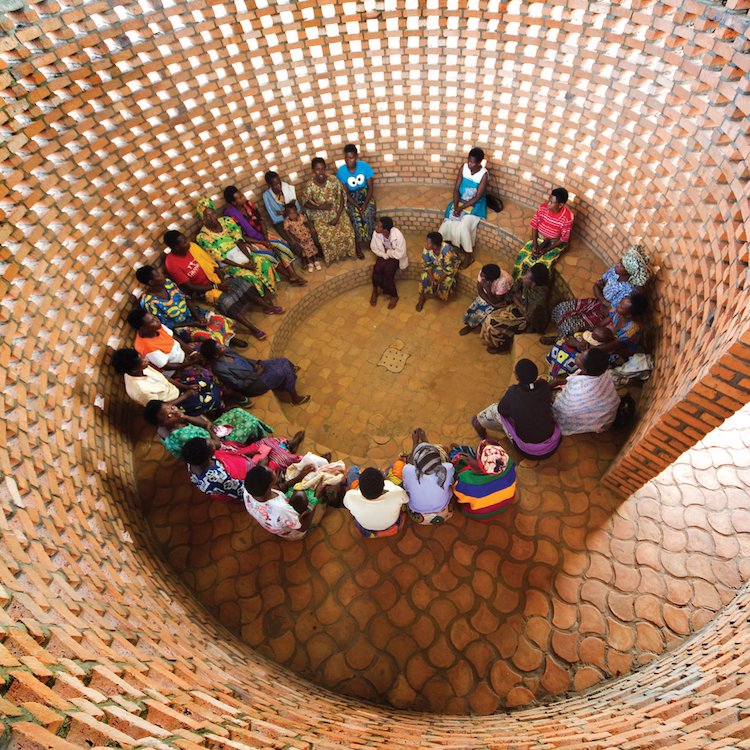In his latest book Design for Good: A New Era of Architecture for Everyone, John Cary highlights 20 buildings from around the globe as examples of ways design-driven architecture can help communities by addressing real-life issues, as well as improving public life. The book’s publisher Island Press says design impacts all aspects of life including health, educations, sense of self-worth, yet all-too-often, is viewed as a luxury.
“To address critical problems of access and inequity at home and around the world, good design must transcend the endless coverage of multi-million dollar homes and Silicon Valley office spaces to become a key means of uplifting those who need it most.” -Island Press.
The works, showcased in 100 color photographs, are organized into six thematic chapters, such as “Buildings that Heal” and “Shelter for the Soul.” Dezeen writes the projects are accompanied with Cary’s interviews with their designers, as well as the buildings’ users.
“Exploring examples from Guangdong, China to Kalamazoo, Michigan, Cary draws five key lessons for achieving designs that dignify: embrace a beginner’s mindset; seek partners, not clients; build community support; employ workers and source materials locally; and measure impact.” -Island Press
Among the examples featured is the beautiful Bait Ur Rouf Mosque in Dhaka, Bangladesh, designed by local architect Marina Tabassum the prayer hall features perforated brickwork which allows the flow of daylight and air, AKDN writes.
Built in brick using traditional methods, this mosque is an attempt to create a language of architecture that takes essence from the glorious legacy of mosque architecture in Bengal during the Sultanate period, while maintaining a contemporary expression. The Mosque is a perfect square that sits on a high plinth, which prevents floodwater from entering the structure, allows people to sit and talk, and creates a separation between the sacred site and the busy street.
The Women’s Opportunity Center in Kayzona, Rwanda, also featured, incorporates three labyrinth-like brick rotundas unified under a pavilion structure.
The Women’s Opportunity Center (WOC), designed in collaboration with Women for Women International, occupies a two-hectare site one hour from the Rwandan capital and has been developed with the following objectives in mind: to empower its community, create economic opportunity, and rebuild social infrastructure.
The Maternity Waiting Village in Malawi, designed by MASS Design, is a facility that strives to address infant and maternal mortality through shelter.
MASS Design Group’s new prototype “village” reflects the vernacular by creating clusters of four-bed units around small courtyards, offering women a protected, comfortable, and dignified space in which to carry out daily activities. Designed around replicable modules and built of locally-made CSEB (compressed stabilized earth blocks), the facility can be replicated and adapted to other sites as part of the country’s drive to improve maternal health.
The book includes a foreword by Melinda Gates and an introduction and conclusion, all of which champion designs centered around compassion and empathy.
Design for Good: A New Era of Architecture, which can also be purchased for $30 (£22.28) from Island Press.
John Cary is the author of The Power of Pro Bono: 40 Stories about Design for the Public Good. He writes widely on design, architecture, public service and social justice.
Do you love or loathe this architecture book from the world of contemporary ceramic art and contemporary ceramics. Share your thoughts in the comments below.




Add your valued opinion to this post.